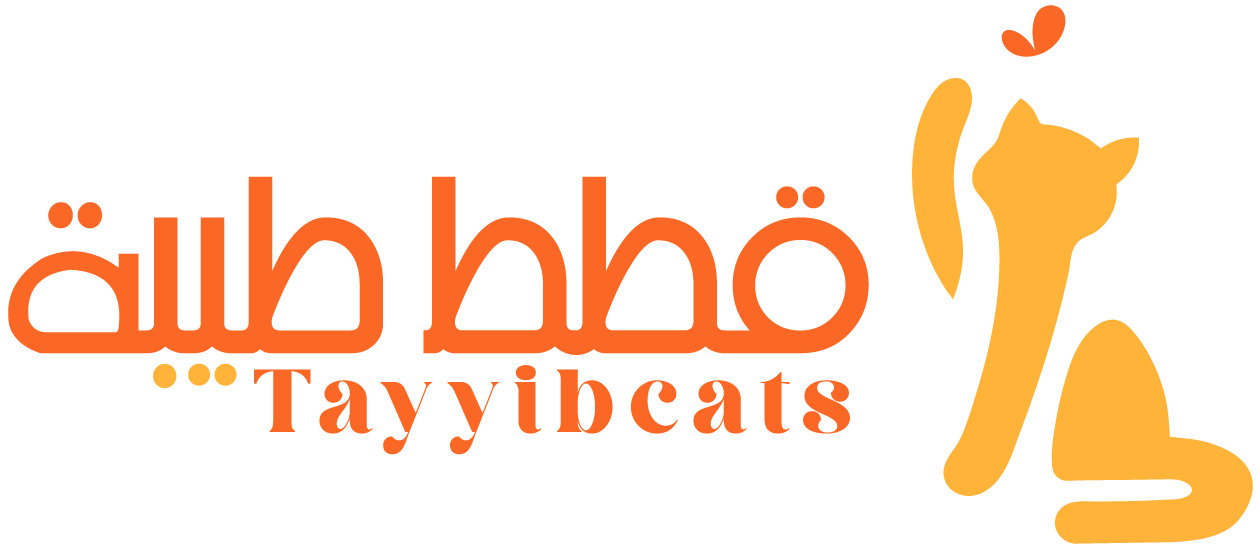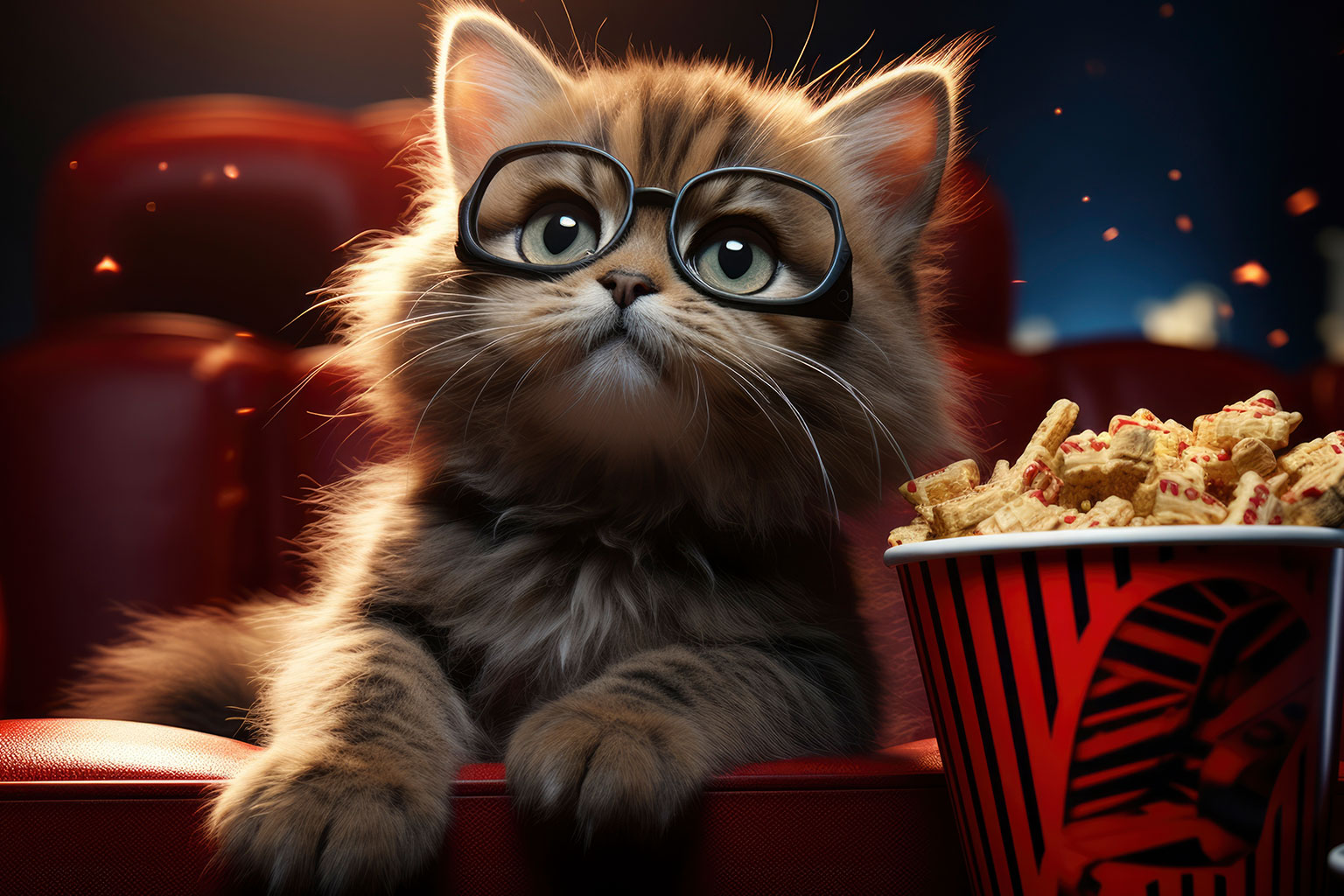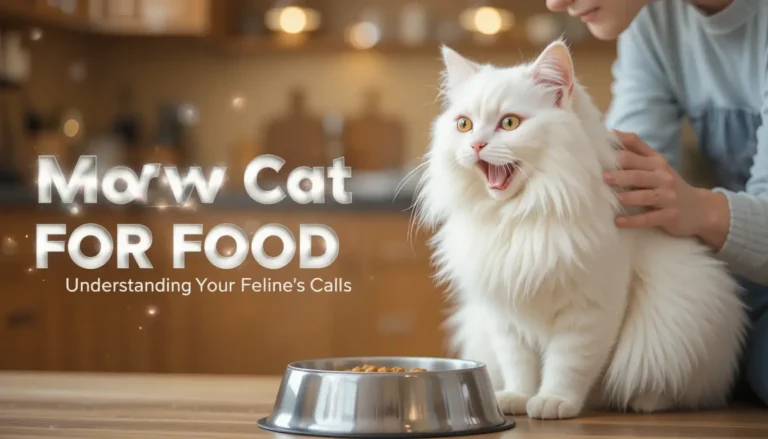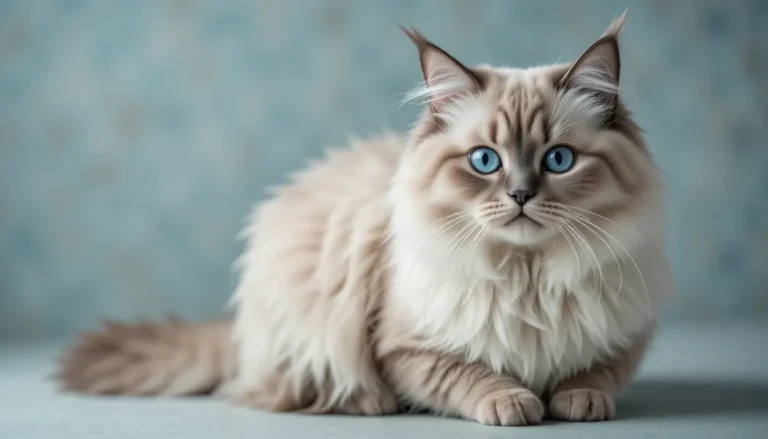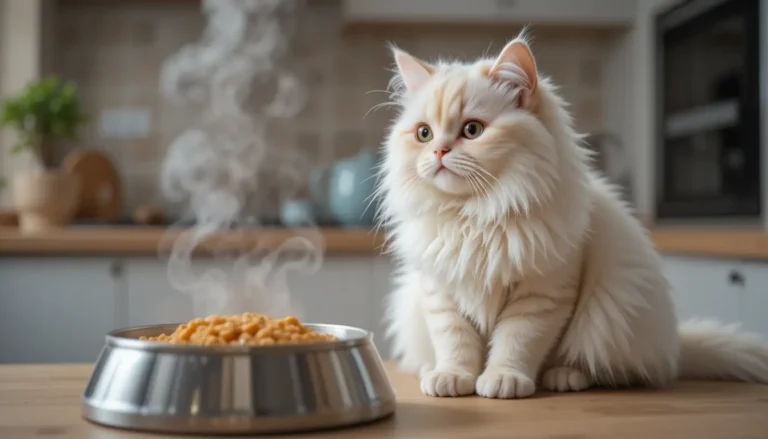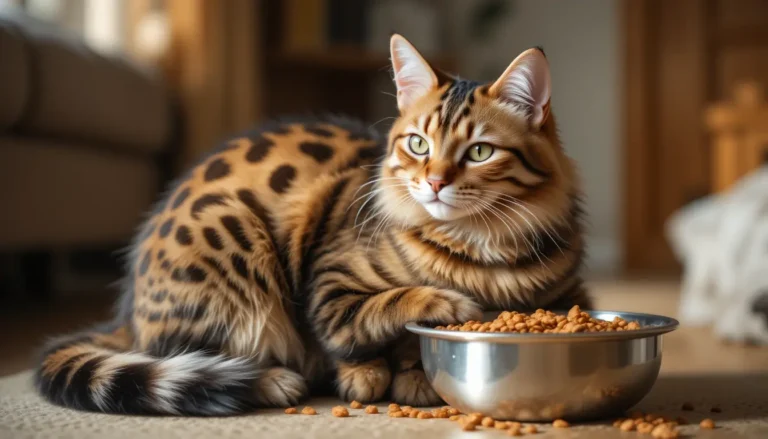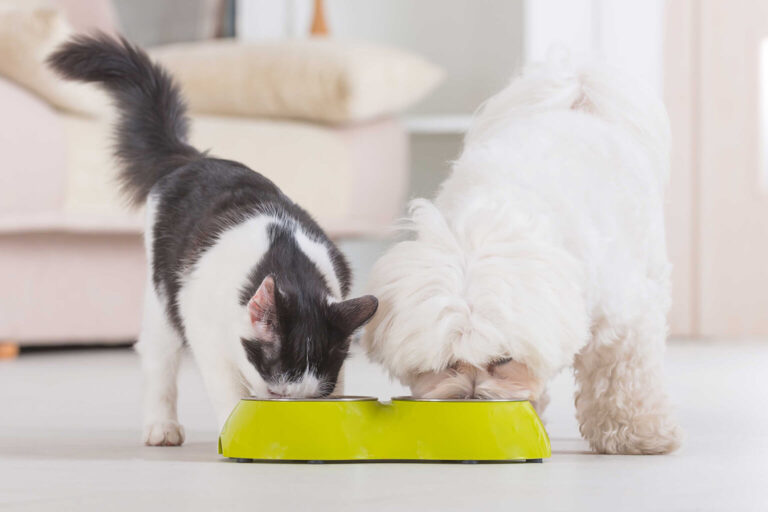How Much Food Does a Cat Need?
Hey, cat lover! Ever find yourself staring at your furry buddy, wondering, How much food does a cat need? I’ve been there, spooning out kibble for my tabby, Milo, while he gives me that “Is that all?” look. Feeding our cats the right amount is like solving a puzzle too much, and they turn into fluffy bowling balls; too little, and they’ll haunt you with those sad meows at 2 a.m. Let’s talk about how to get it just right, with a sprinkle of humor and some hard-earned wisdom from my years as a cat parent. Ready? Let’s do this
How Much Food for a Cat? The Big Picture
First off, let’s tackle how much food for a cat is enough. Cats aren’t like us no one-size-fits-all meal plan here. My Milo, who spends most of his day napping on the couch, needs way less than my neighbor’s kitten who thinks the living room is a racetrack. Here’s what you need to know:
- Weight is key: A typical adult cat (8–10 pounds) needs about 20 calories per pound of body weight daily. So, a 10-pound cat might need 200–250 calories.
- Energy levels: Got a lazy lounger or a feline acrobat? Active cats burn more calories, so they might need a bit more food
- Life stage: Kittens are growing like crazy, so they need extra fuel. Senior cats, like my old pal Luna, slow down and need less.
Check the back of your cat food bag for feeding guides, such as tayyibcats. but don’t bet your whiskers on them. They’re just a starting point. Your cat? They’re a unique snowflake, even if they act like they own the place.
Wet Food vs. Dry Food
Does it matter if you’re dishing out wet or dry food when figuring out how much food to give a cat? You bet. Wet food is mostly water (like 70–80%), so you’ll scoop out more compared to calorie-packed dry kibble. For example, Milo gets about 5 ounces of wet food or ½ cup of dry for the same calorie count. I mix both wet keeps him hydrated, dry keeps him busy. Plus, it stops his midnight “feed me” concerts.
How Much Food Should I Feed My Cat? Getting It Right
Alright, let’s get practical about how much food should I feed my cat. It’s not just about calories it’s about portions, timing, and not caving to those big, pleading eyes. Here’s how to nail it:
- Check the label: Most cat foods list portion sizes based on weight. A 10-pound cat might need ¼ to ⅓ cup of dry food or one 5.5-ounce can of wet food daily.
- Split it up: Cats love small, frequent meals two to three times a day works best. It’s like their wild ancestors grazing on tiny snacks.
- Measure it: Grab a measuring cup. I used to “eyeball” Milo’s food, and let’s just say he started looking more like a meatball than a cat.
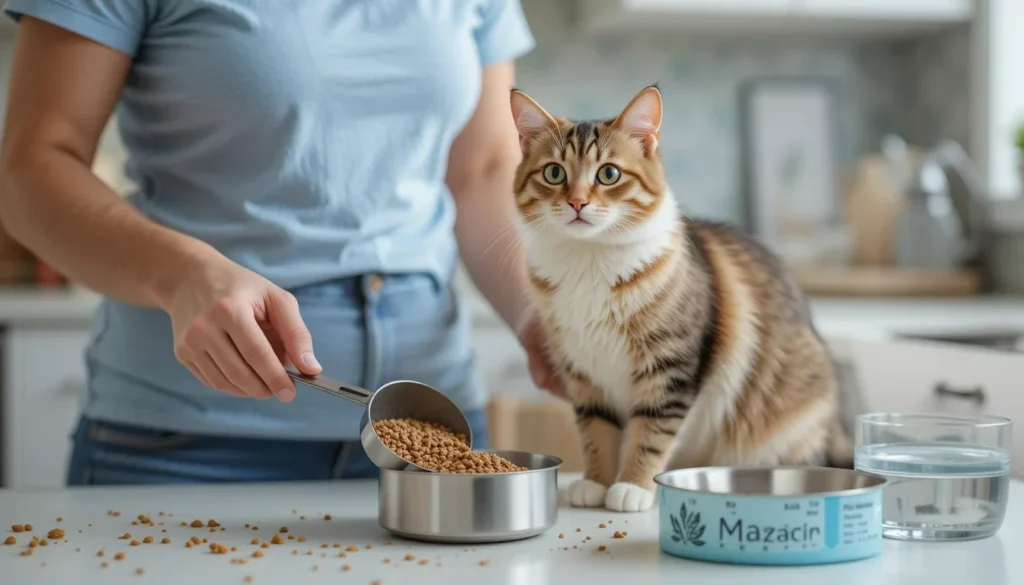
The Begging Trap
Cats are pros at making you feel guilty. Those soulful stares? Pure manipulation. If you’re wondering how much food to feed a cat when they’re acting like they’re starving, double-check their portions. Overfeeding leads to chubby kitties, and trust me, vet bills for weight issues are a buzzkill.
How Much Food Should a Bengal Cat Eat?
Got a Bengal? Oh, you’ve got your hands full! These cats are like furry tornadoes always jumping, climbing, and causing chaos. So, how much food should a Bengal cat eat? Here’s the deal:
- More calories: Bengals are super active, so they might need 25–30 calories per pound. A 10-pound Bengal could need 250–300 calories a day.
- Protein power: These guys thrive on high-protein diets to keep their muscles lean. Look for food with meat as the top ingredient.
- Portion control: Bengals love food, but don’t let their energy trick you into overfeeding. Stick to measured meals.
My friend Sarah has a Bengal named Rocket, and that cat could outrun a cheetah. She splits his food into four small meals to keep him fueled without turning him into a chonky boy.
Bengal Feeding Hack
Try a puzzle feeder for Bengals. It slows them down and keeps their clever brains busy. Watching Rocket tackle his feeder is like seeing a cat version of Mission: Impossible.
How Much Food to Give a Cat: What Else Matters?
When figuring out how much food to give a cat, it’s not just about numbers. Every cat’s got their own quirks. Here are some factors to consider:
- Spayed or neutered: Fixed cats have slower metabolisms, so they need about 10–15% fewer calories than intact cats
- Indoor vs. outdoor: Outdoor cats burn more energy chasing bugs and ruling the yard. Indoor cats like Milo? They’re more about napping than sprinting.
- Health stuff: Cats with diabetes, thyroid issues, or allergies might need special diets. If your cat’s got health drama, talk to your vet.
A Sample Diet Plan
To make things super clear, here’s a basic diet plan for different types of cats. Adjust based on your cat’s needs and always check with your vet:
| Cat Type | Weight | DailyCalories | Wet Foo(oz) | Dry Food (cups) | Meals per Day |
| Adult (indoor) | 8–10 lbs | 200–250 | 5–6 oz | ¼–⅓ cup | 2–3 |
| Kitten (6 months) | 5–7 lbs | 150–200 | 4–5 oz | ⅓–½ cup | 3–4 |
| Bengal (active) | 10–12 lbs | 250–300 | 6–7 oz | ⅓–½ cup | 3–4 |
| Senior (low activity) | 8–10 lbs | 180–220 | 4–5 oz | ¼ cup | 2–3 |
Tools to Make Feeding Easier
Want to simplify how much food does a cat need? Here’s what’s worked for me:
- Digital scale: Weigh your cat monthly to spot any weight changes. Milo hates it, but it’s worth it.
- Automatic feeder: These portion out meals on a schedule. Milo’s feeder stopped his 5 a.m. wake-up meows.
- Vet advice: Your vet can calculate exact calorie needs based on your cat’s lifestyle and health.
Mistakes to Avoid
We’ve all screwed up feeding our cats at some point. Here’s how to avoid common traps when figuring out how much food to feed a cat:
- No free-feeding: Leaving food out all day is a recipe for a chunky cat. Set meal times and stick to them.
- Skip human food: A bit of plain chicken is fine, but too much table food messes up their diet. Also, watch out for toxic stuff like garlic or grapes.
- Watch weight: If your cat’s getting fluffier or skinnier, adjust their food pronto. Milo gained a pound once, and cutting his treats was… dramatic.
Treats: The Sneaky Culprit
Treats are cat candy, but go easy. Keep them to 10% or less of your cat’s daily calories. For a 200-calorie diet, that’s about 20 calories of treats. Measure them out, or your cat will turn into a furry treat monster.
Conclusion
“Feeding your cat is one of the best ways to love and take care of her. Understanding how much food does a cat need is essential—when you give her the right amount, you help her stay healthy, maintain a proper weight, and stay full of energy.”
You should pay attention to her weight and the portions of food she takes. Don’t forget to keep fresh water all the time so she can drink whenever she wants. “And if you’re ever in doubt, your veterinarian is the best source of guidance for a feeding plan that works for your unique cat—but checking trusted sites like tayyibcats doesn’t hurt either.”
